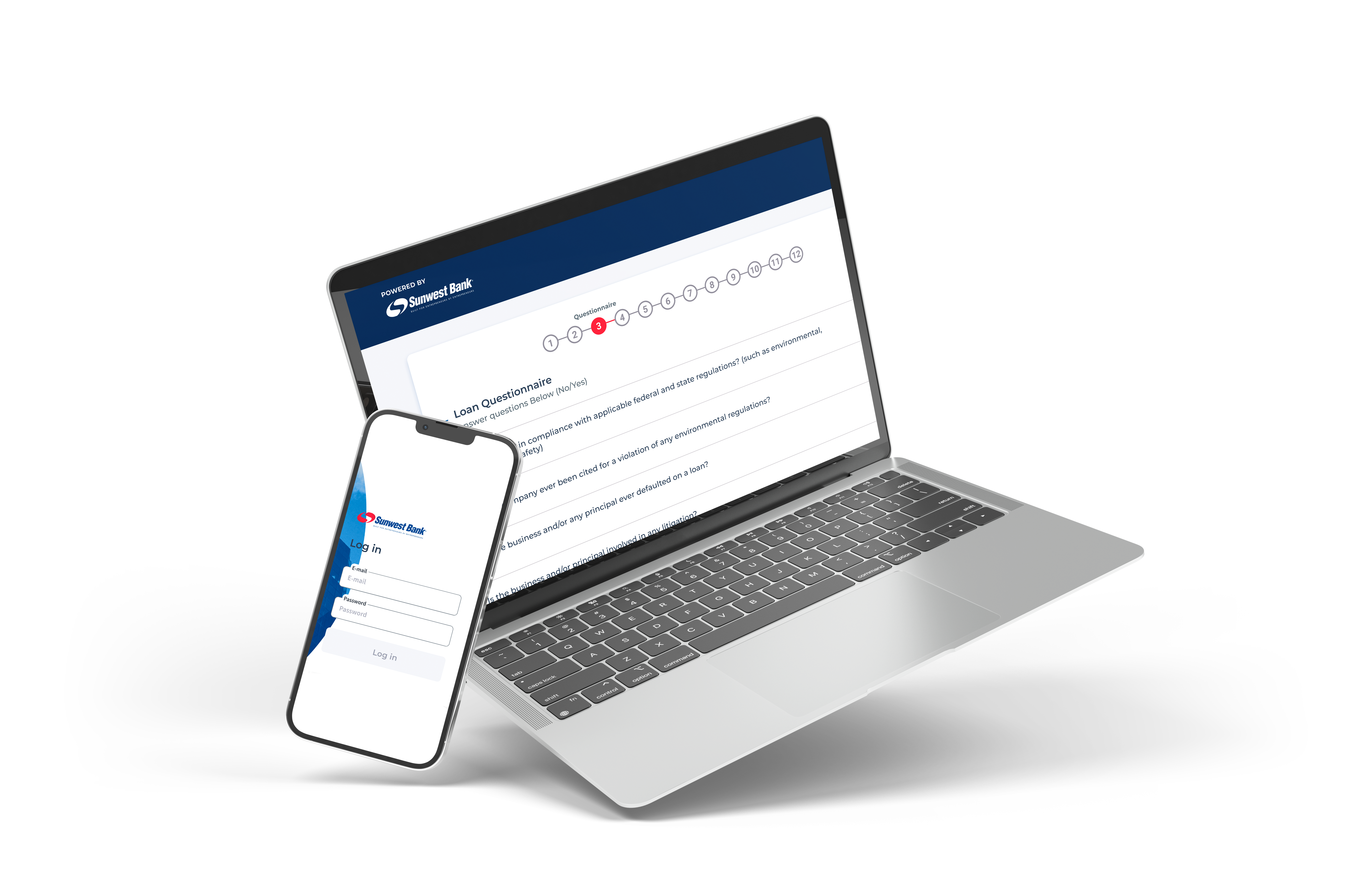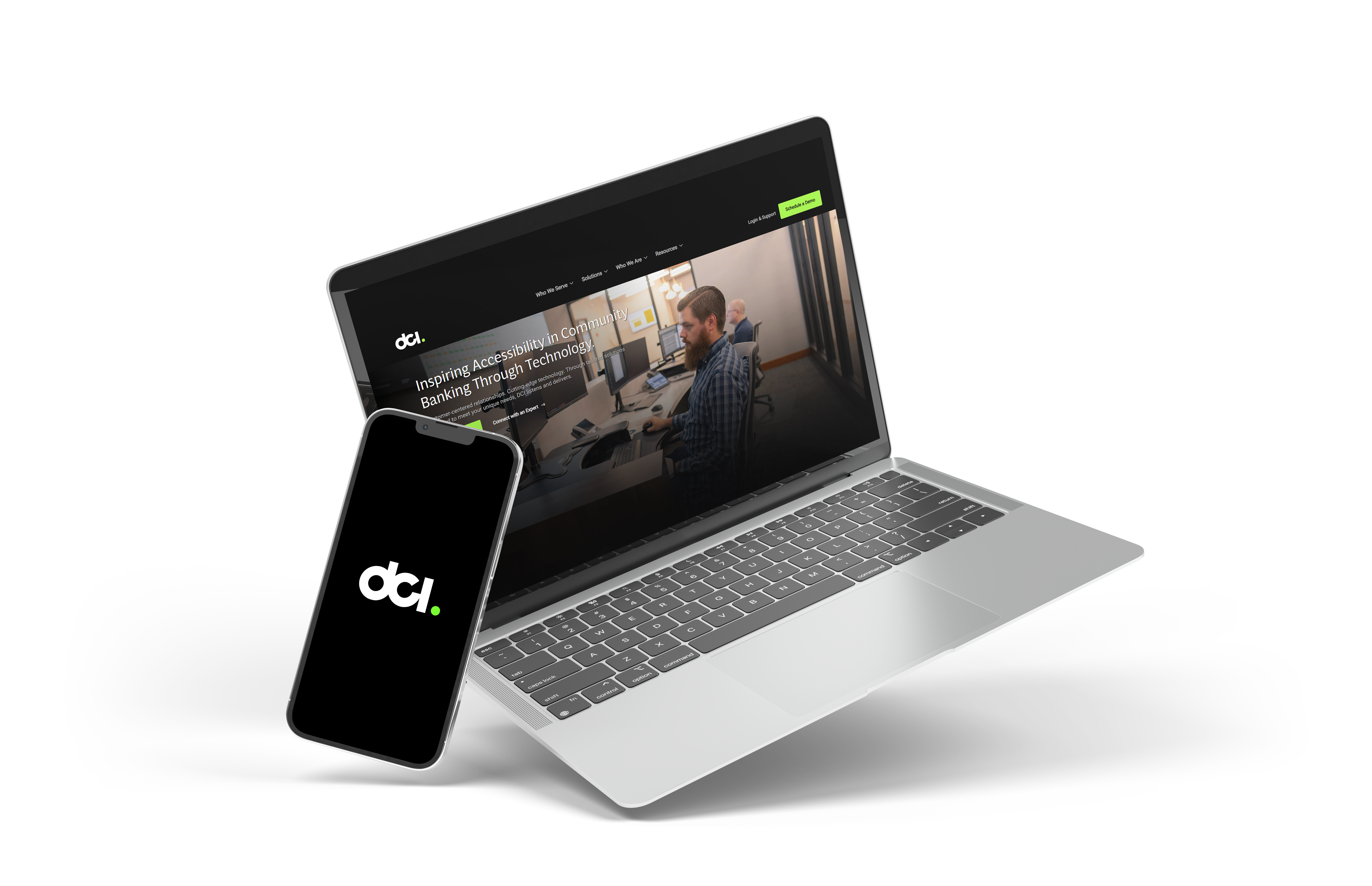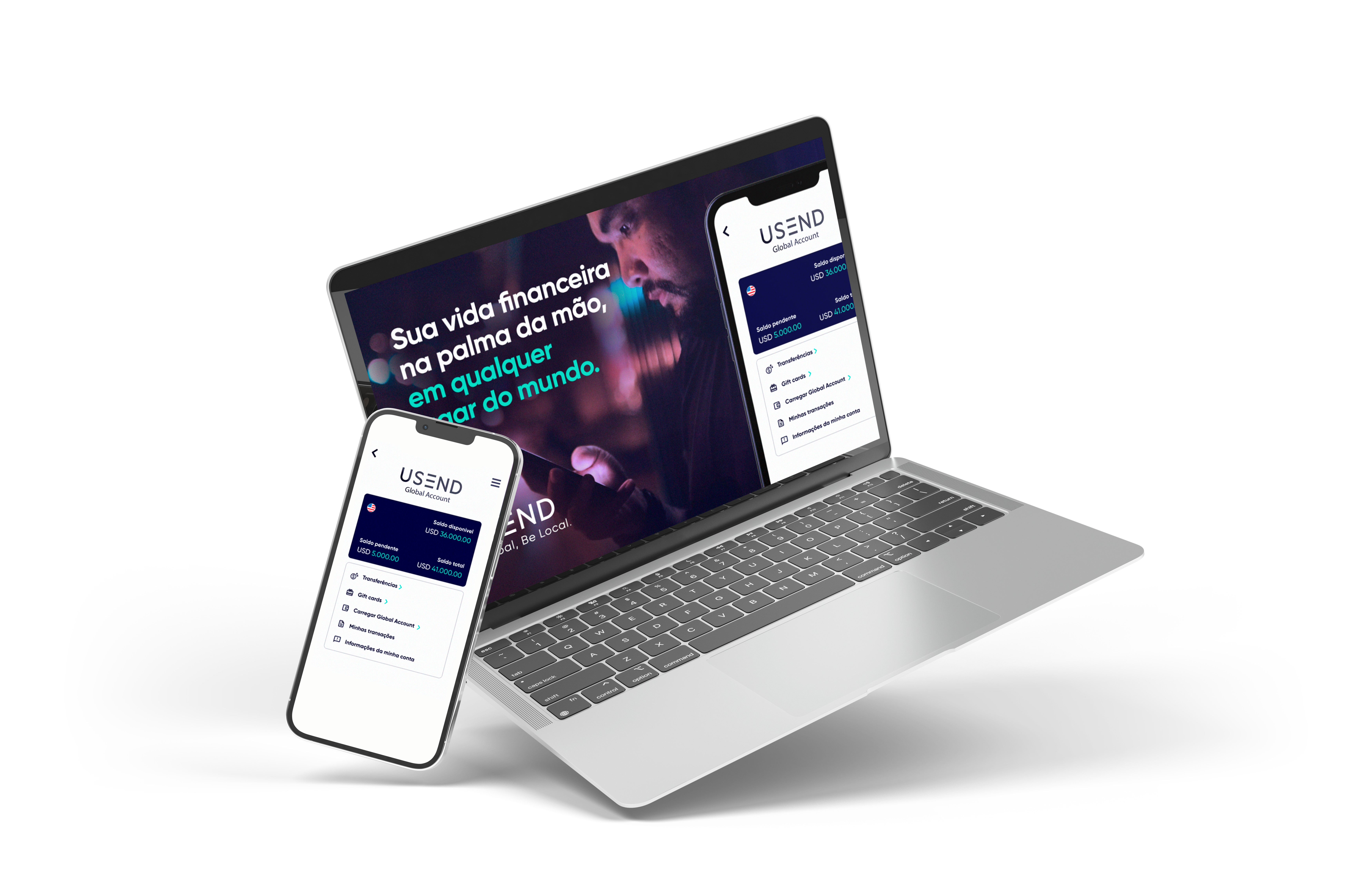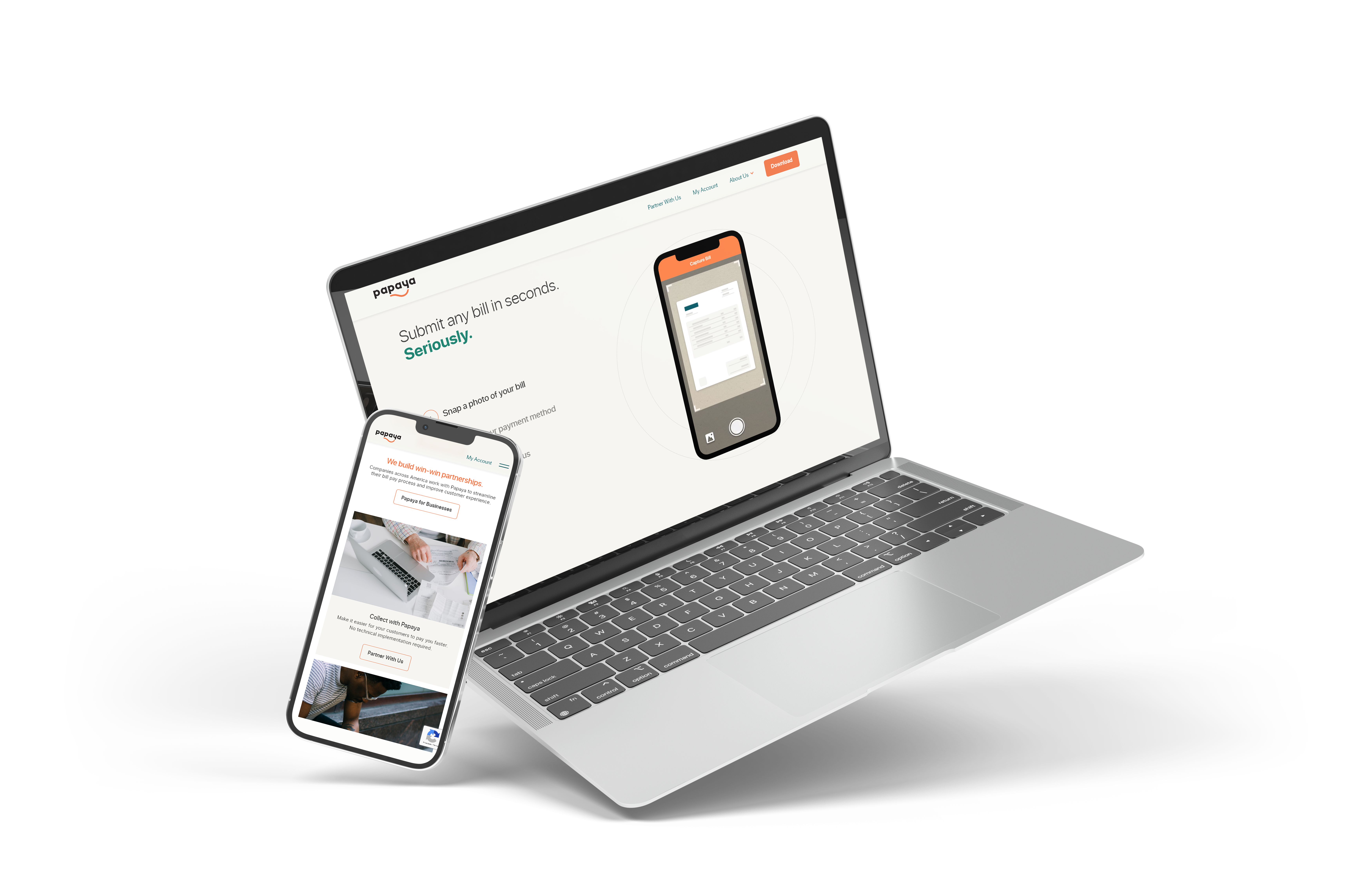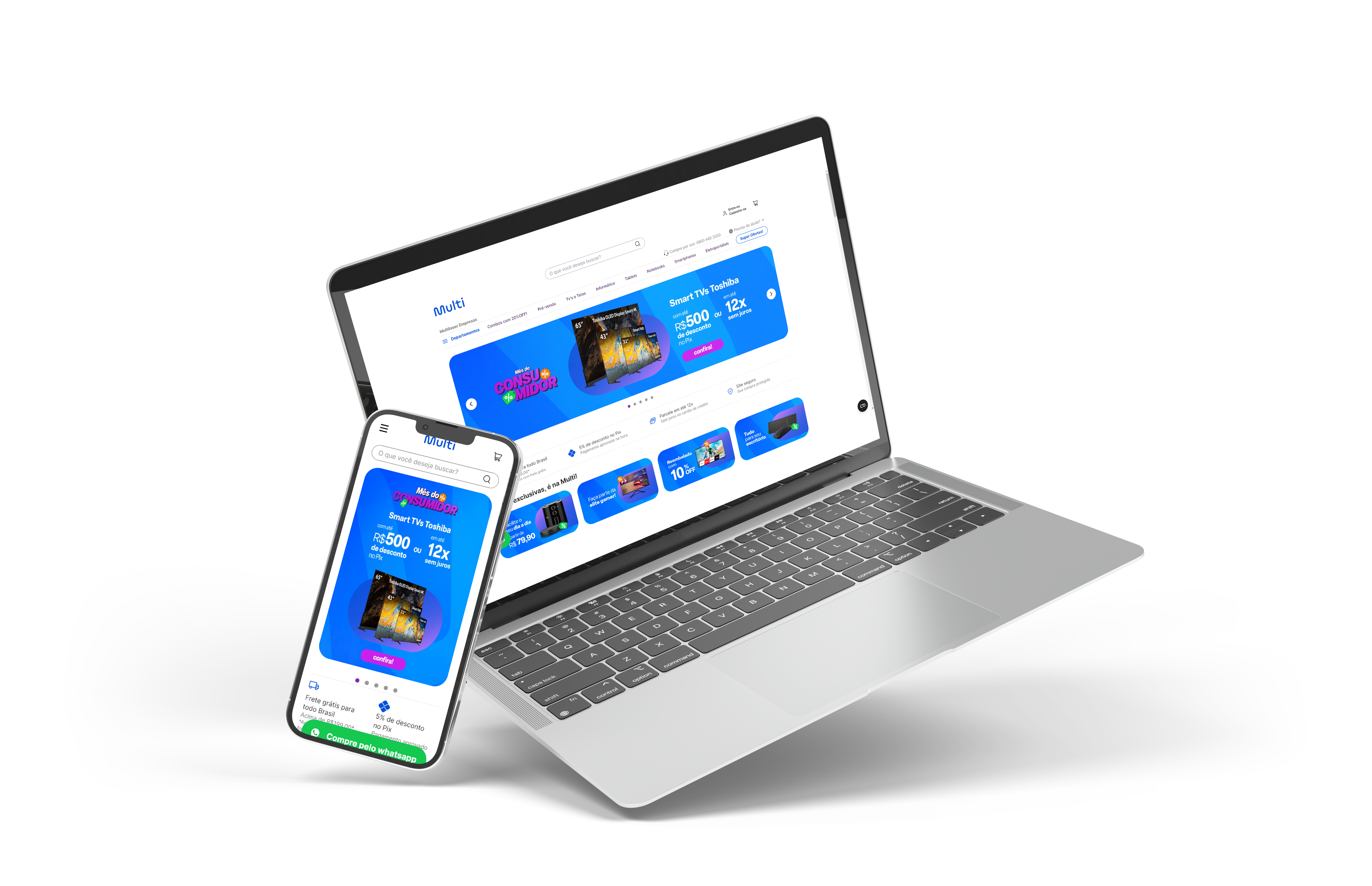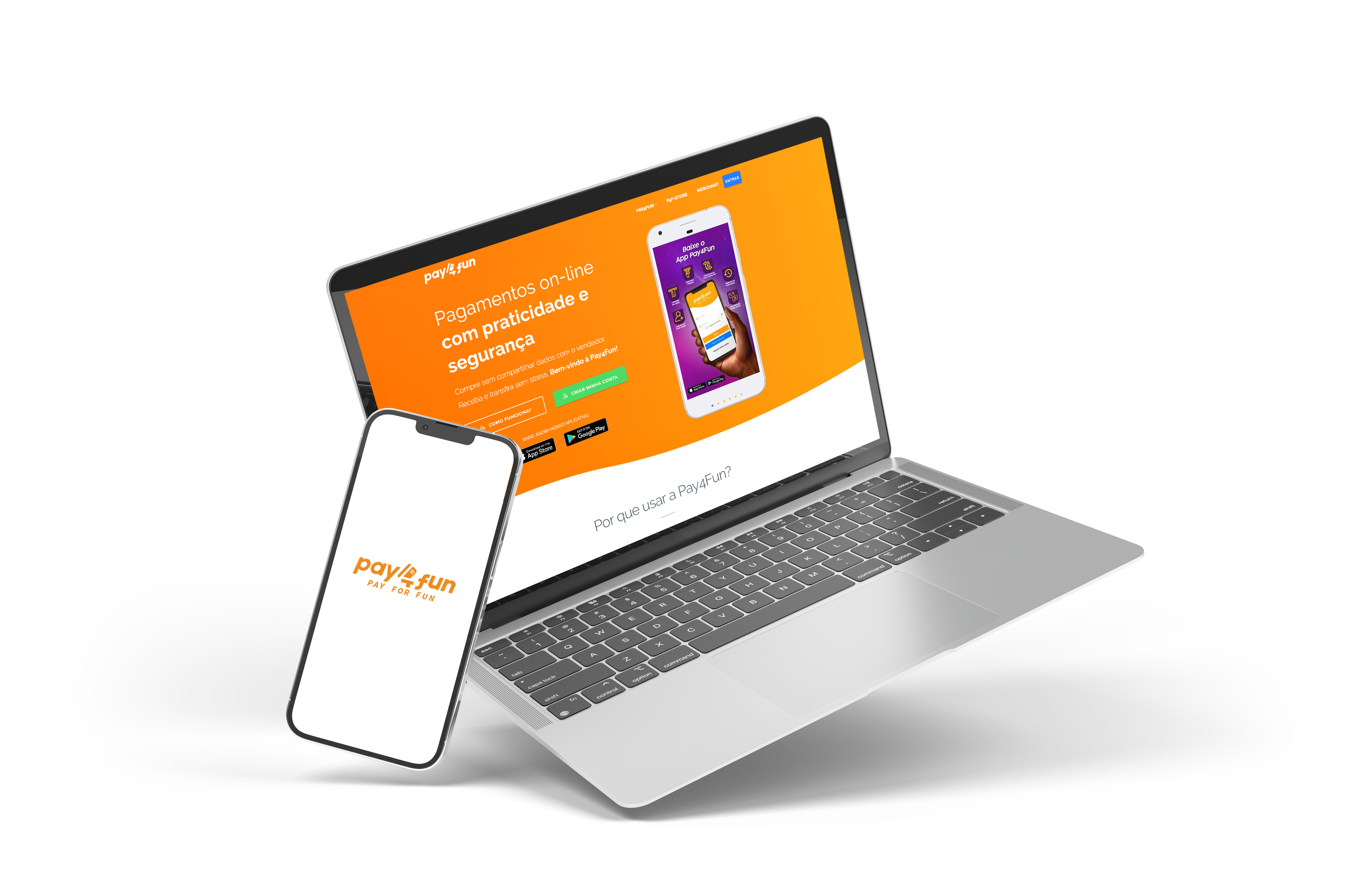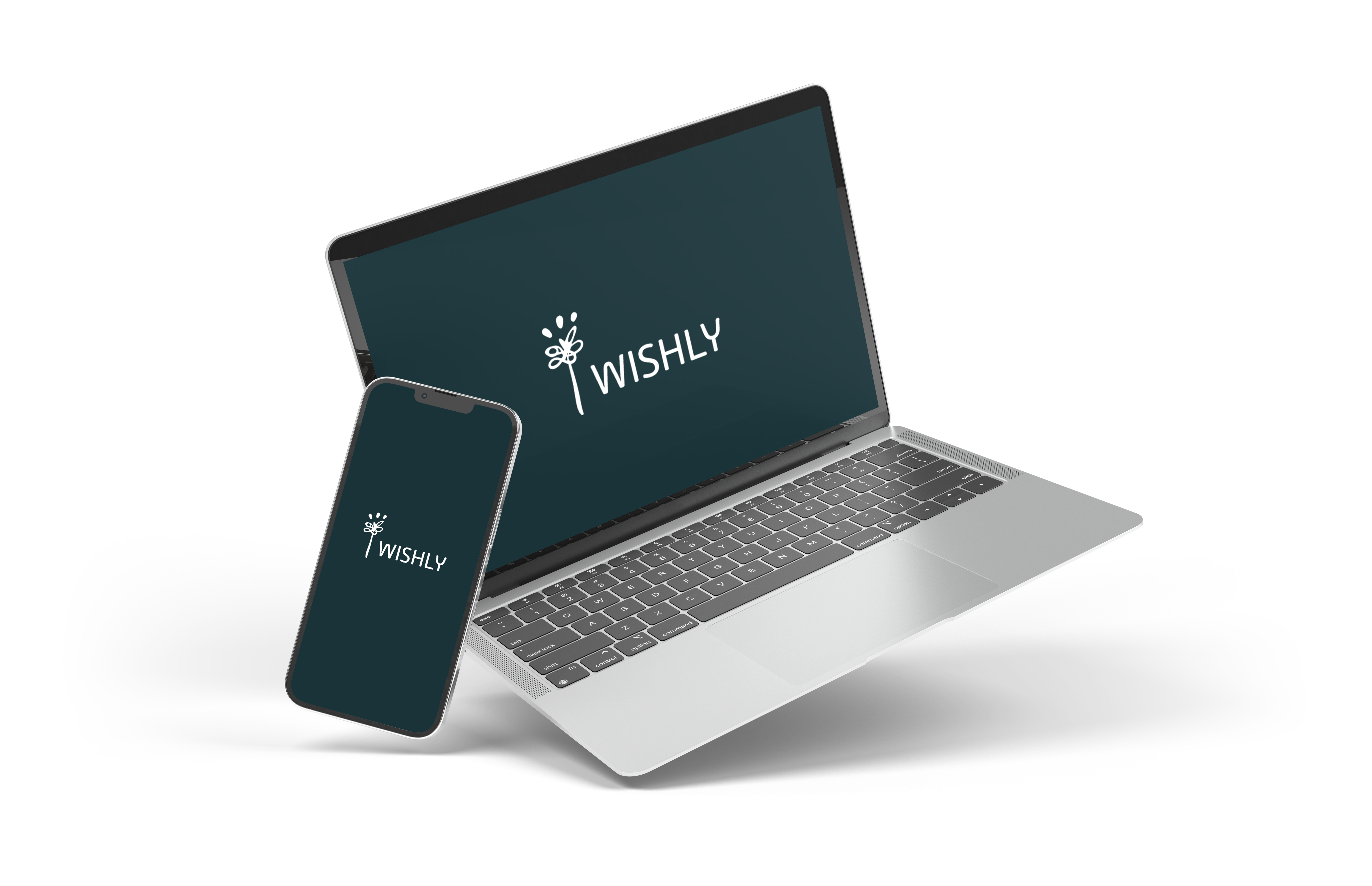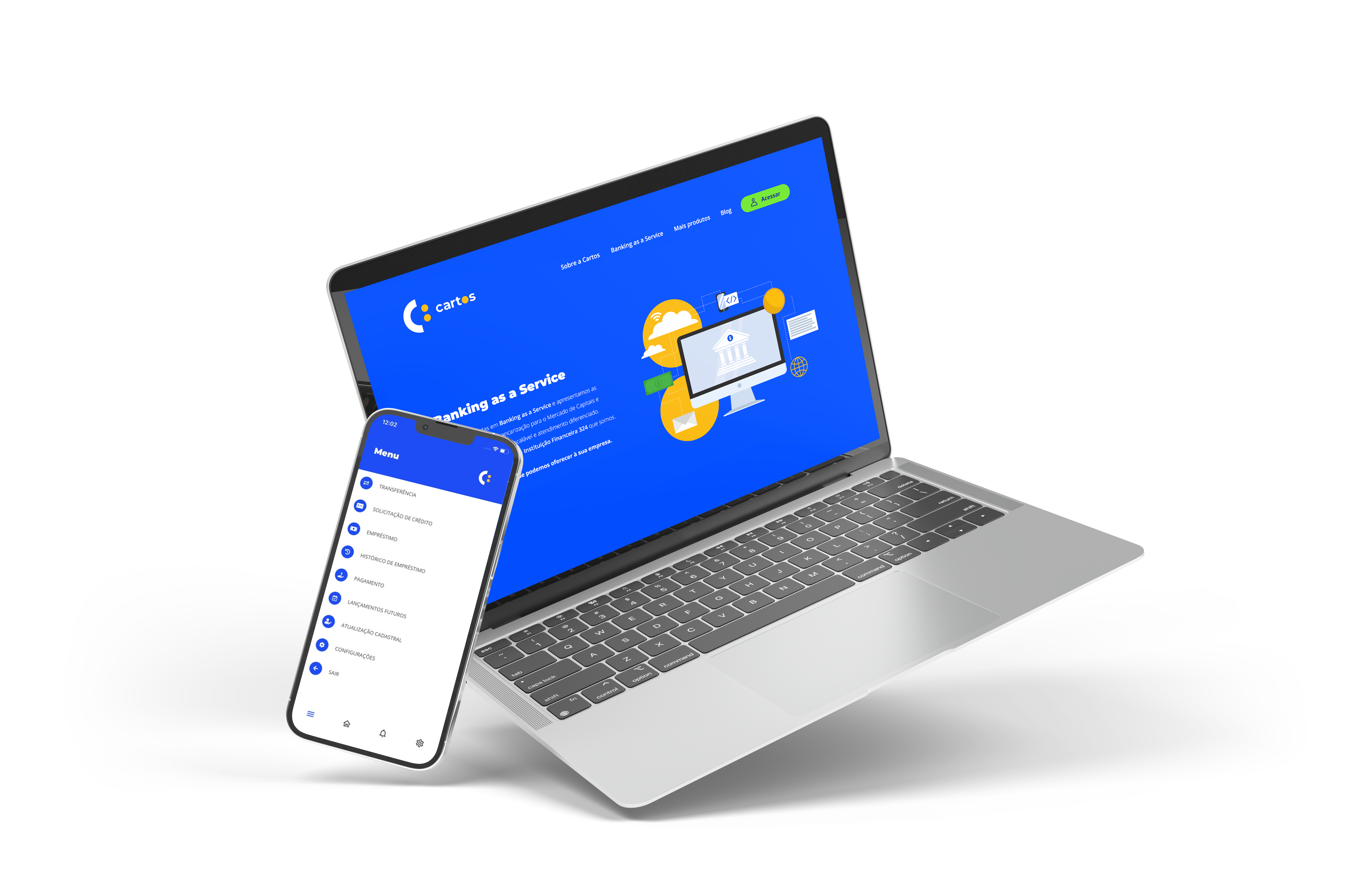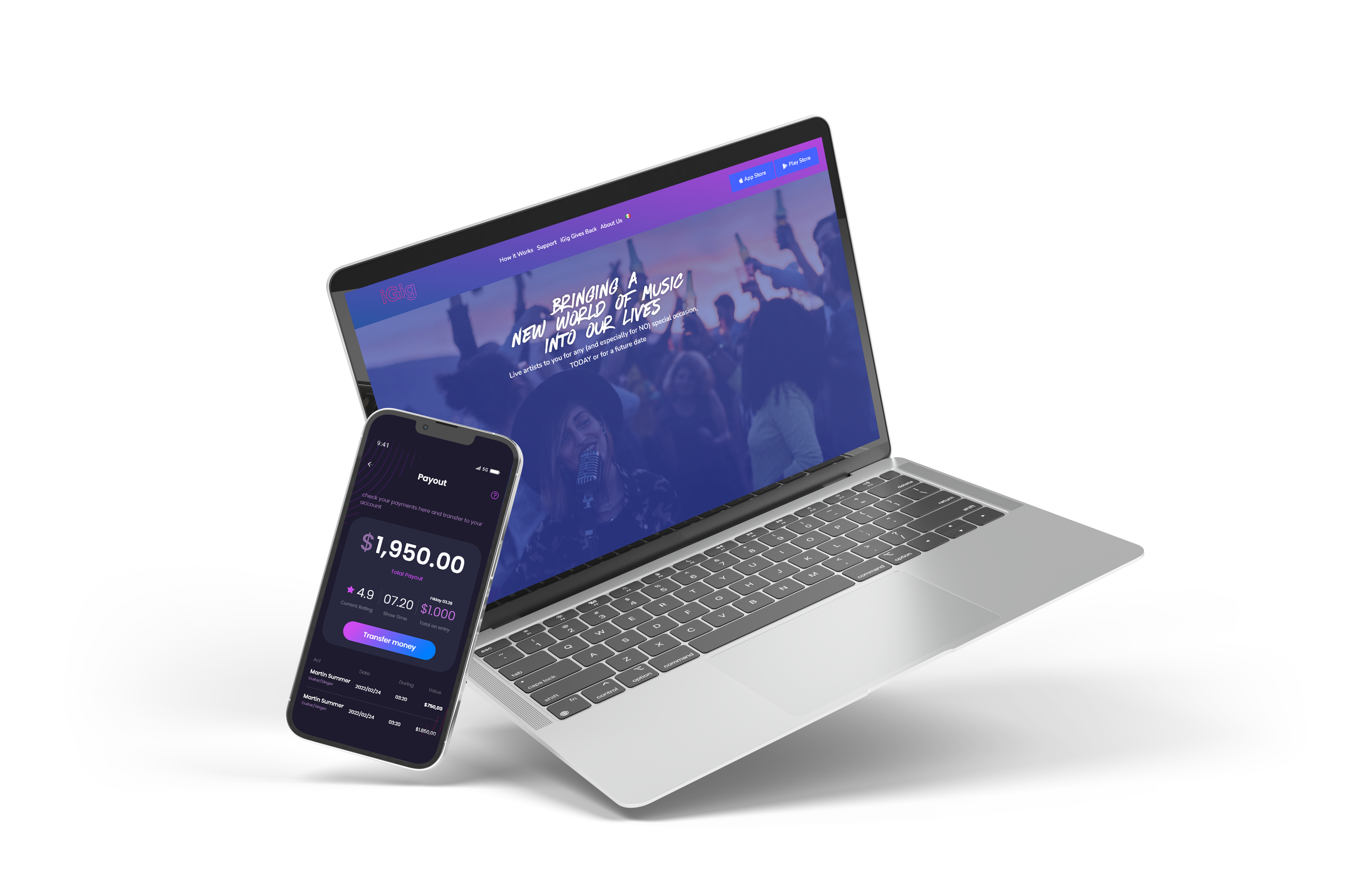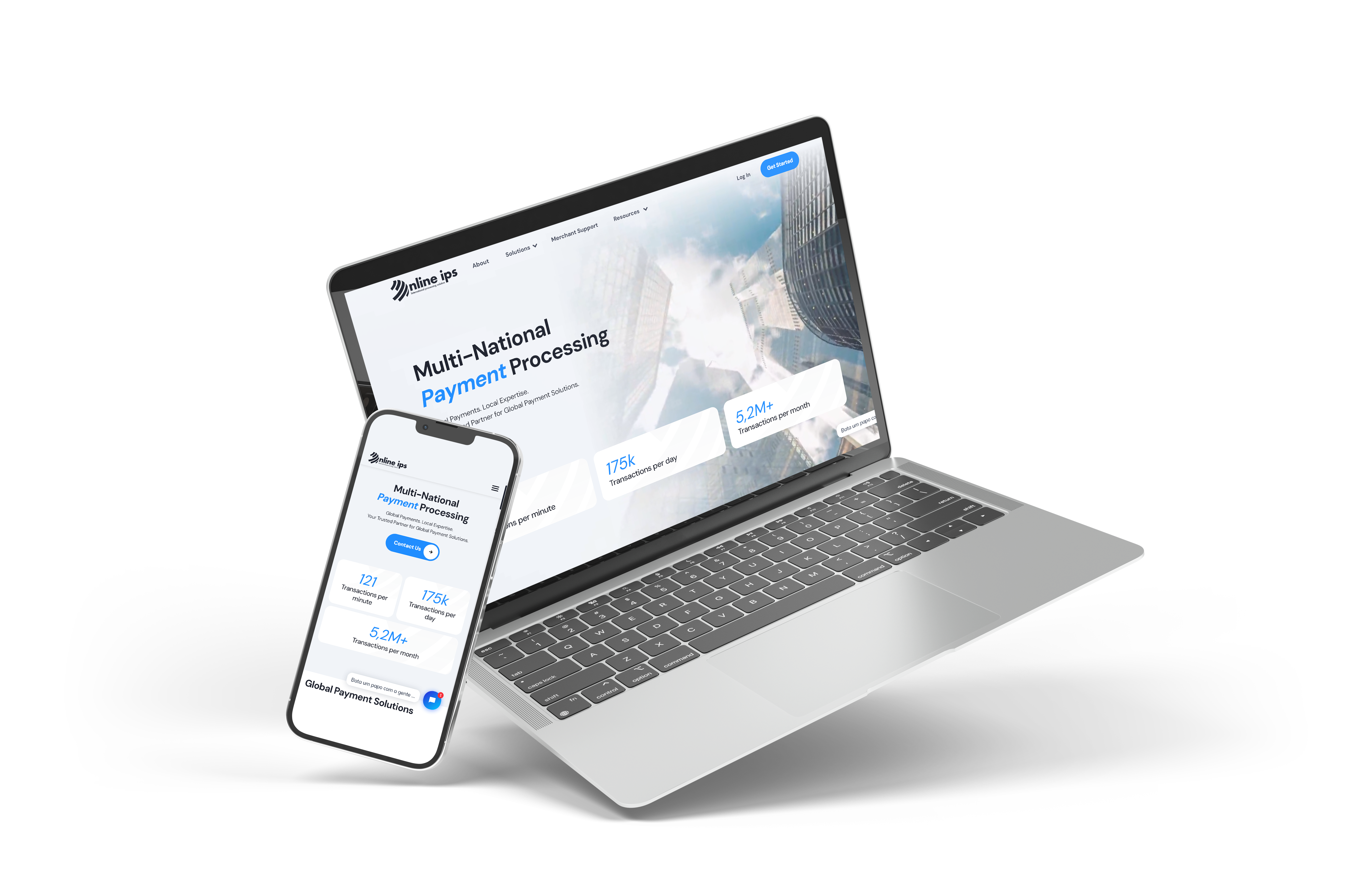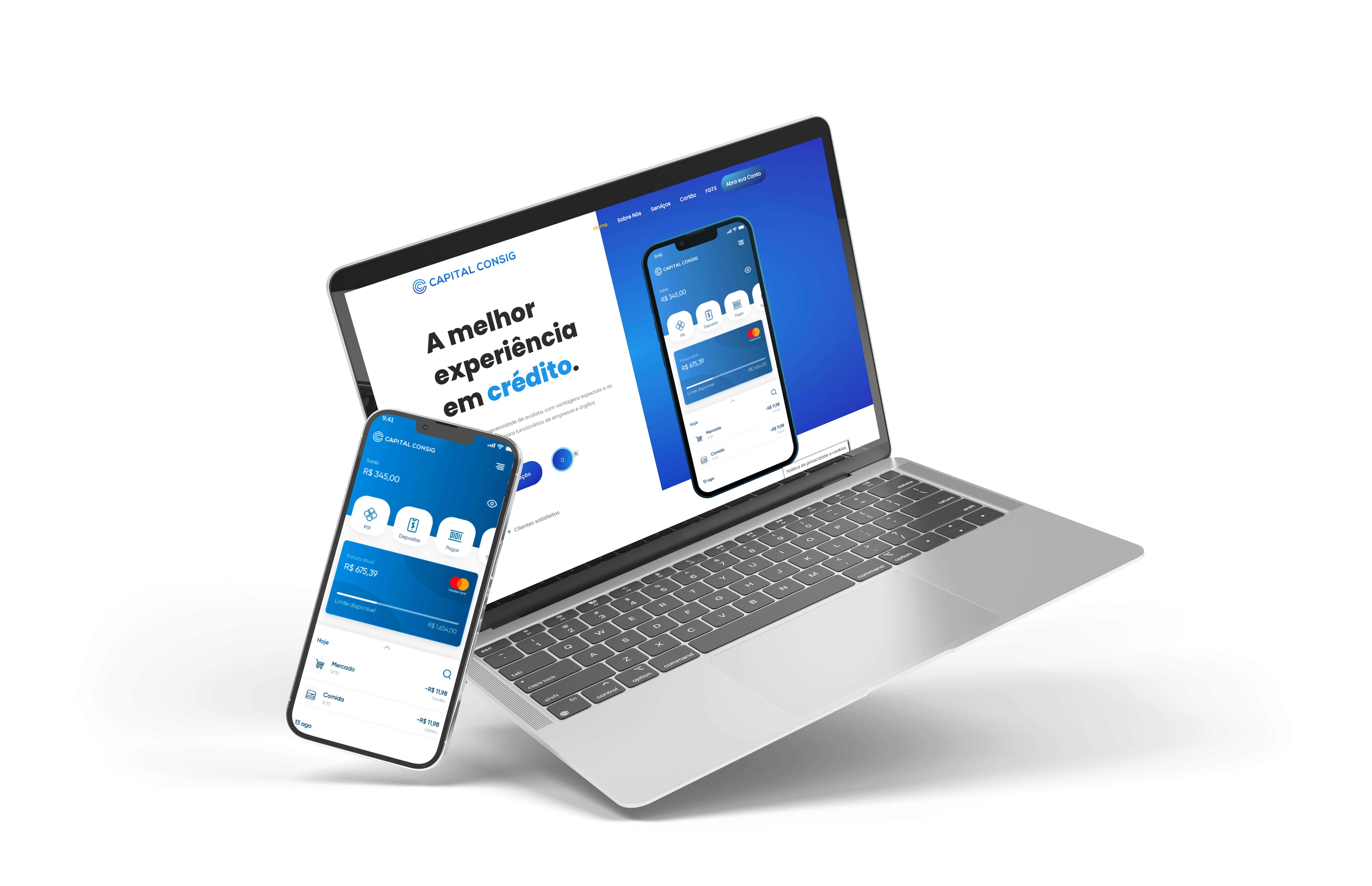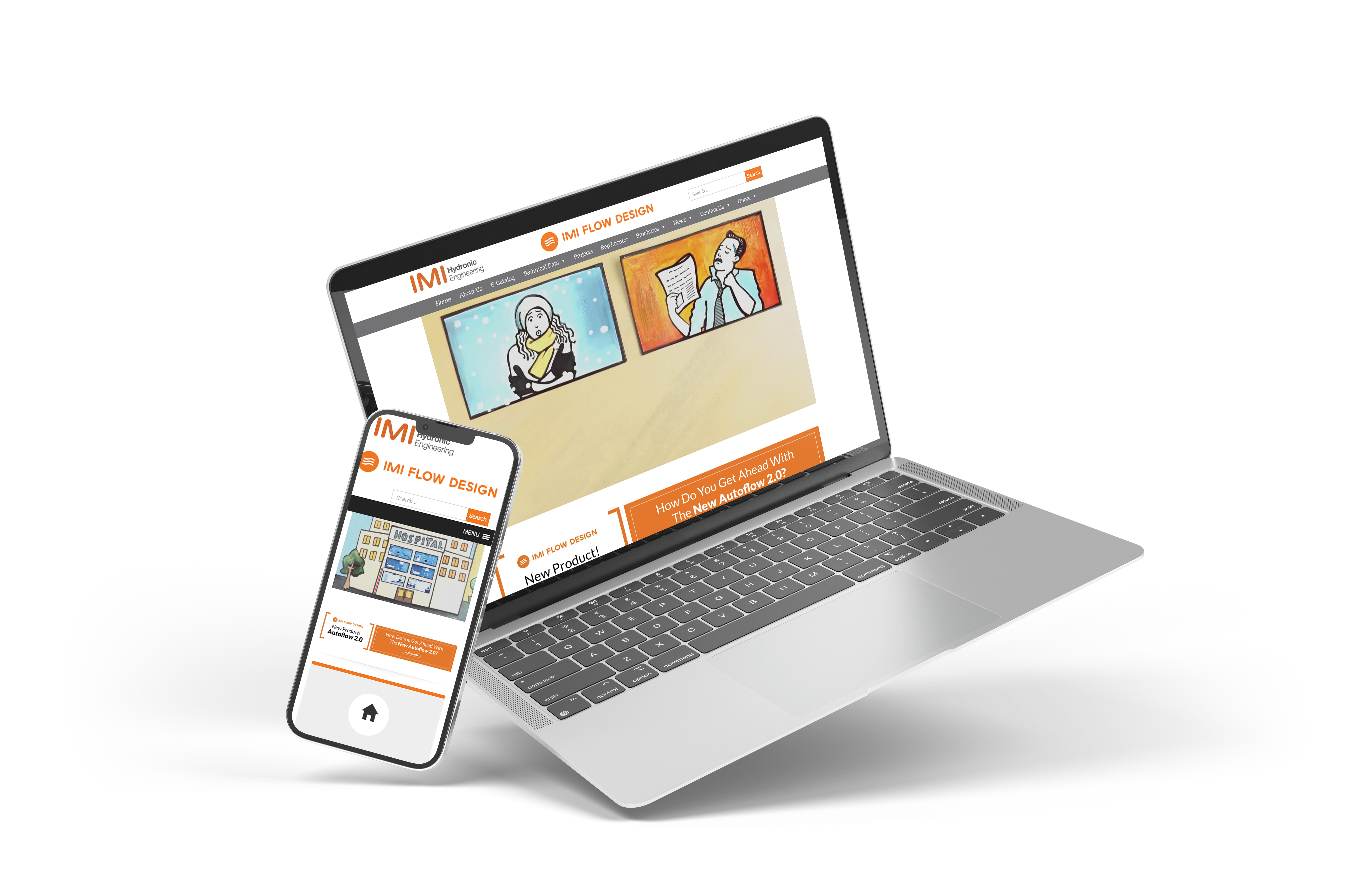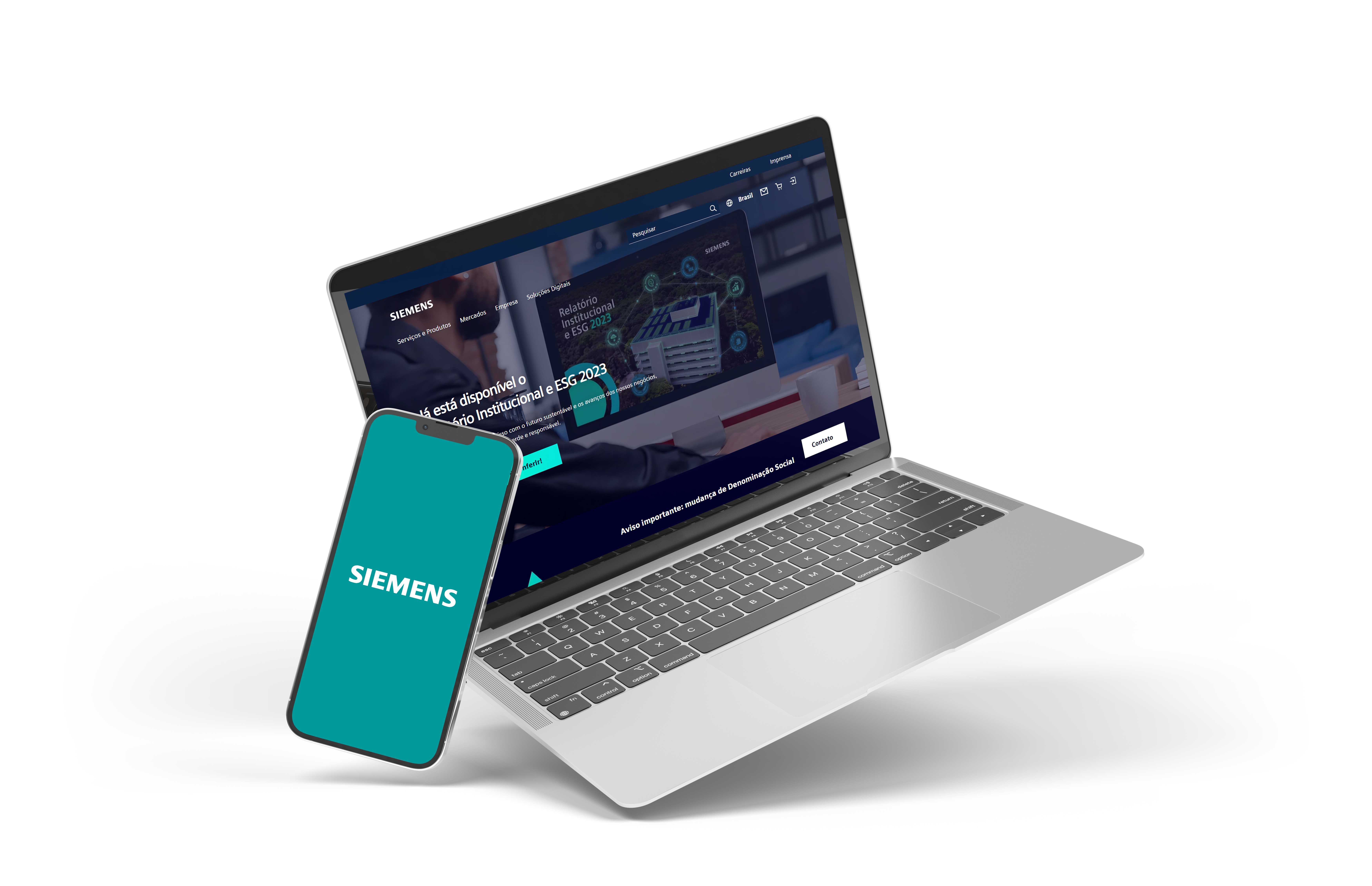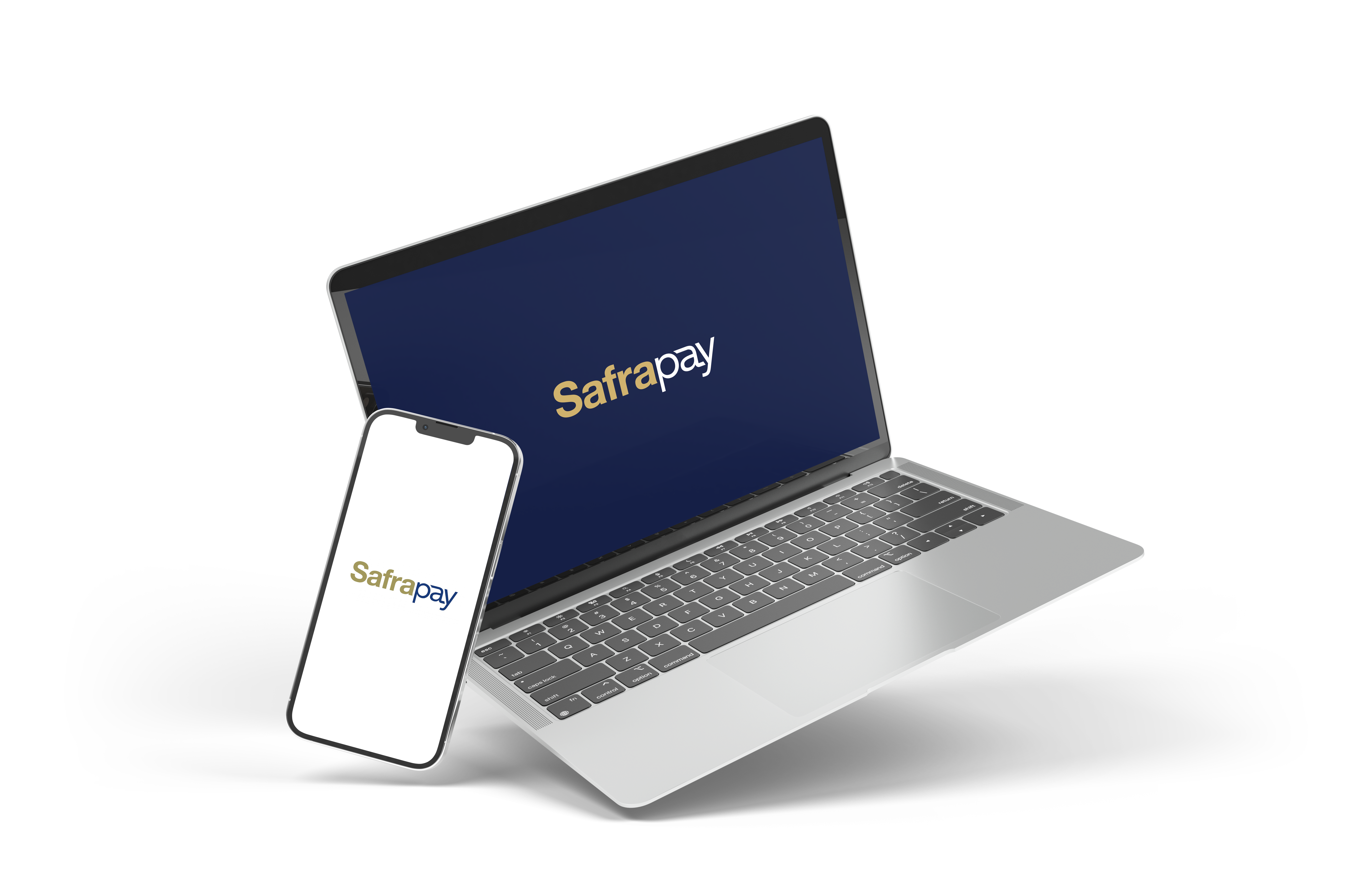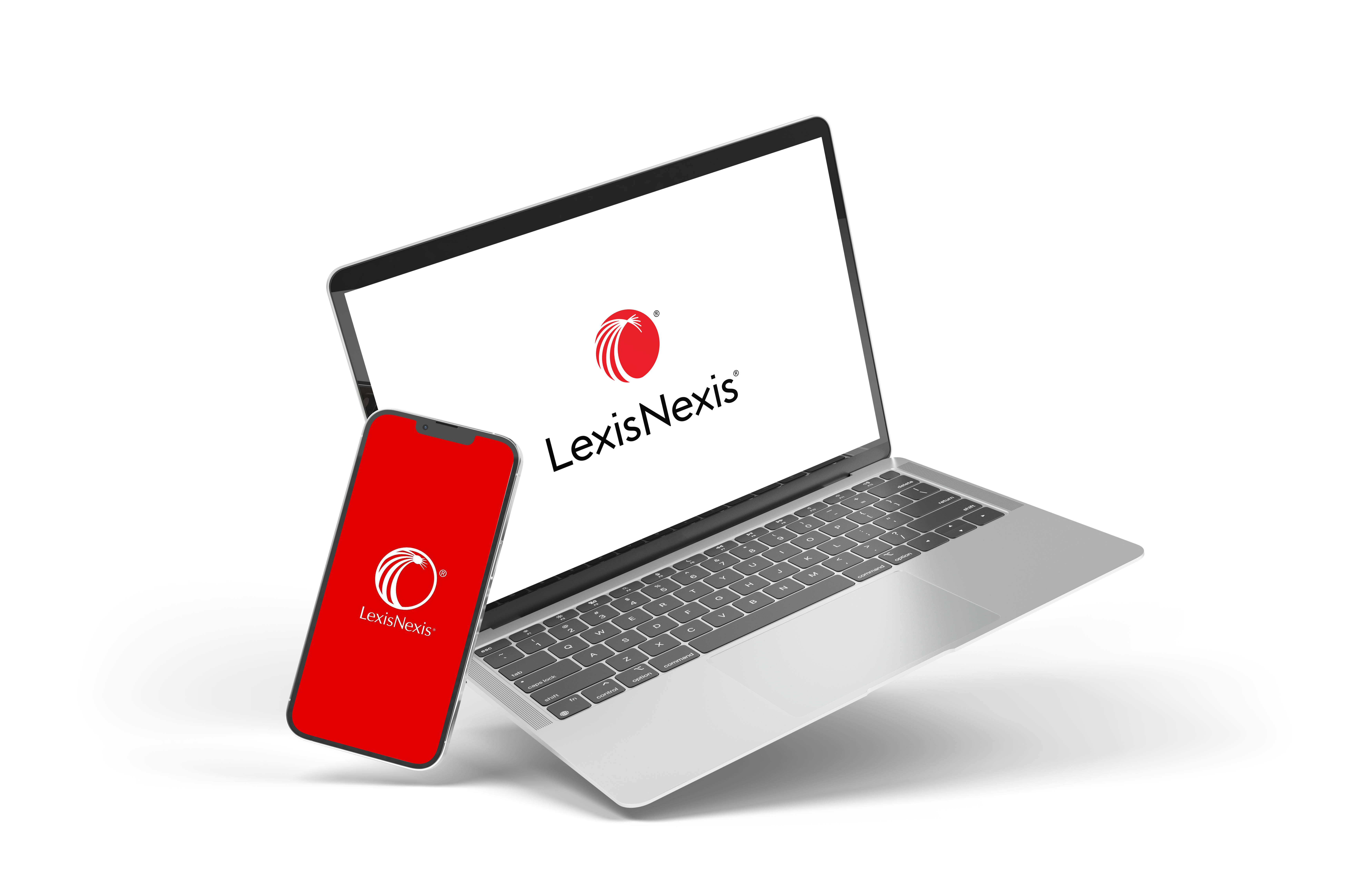Our Case Studies
-
Custom financial solutions for Sunwest Bank
Luby worked on a portfolio of seven applications for Sunwest Bank, addressing both internal and customer-facing needs. These projects included everything from concept and prototyping to development and maintenance. Platforms such as SNAP and Selfcare HSA demonstrate the bank's ability to adapt to changing market demands.
-
Development of customized banking solutions for DCI
Luby worked with DCI to redesign and develop core applications, including GoBanking and GoOpen. Through in-depth research and prototyping, our team reimagined workflows and interfaces to meet customer needs and ensure the delivery of applications that meet market demands.
-
Design and development of USEND from start to finish
Luby partnered with USEND to build their platform, beginning with a discovery phase to establish priorities, technical feasibility, and timelines. A scalable architecture was implemented, followed by continuous improvements based on user feedback and market needs.
-
Development of custom financial applications for Papaya
Luby designed and developed Papaya's mobile app, migrating the code base from Java to Kotlin for improved scalability and performance. Continuous updates, automated testing, and usability improvements ensured an efficient and reliable product.
-
Application development for Celcoin's BaaS system
Luby designed and developed applications tailored to Celcoin's needs. This included webhook management solutions, TED transaction processing tools, and enhanced customer onboarding workflows. These developments improved operational efficiency and user accessibility.
-
Creating advanced tools for Multi
The development of MultiCleaner, a desktop application, was aimed at improving computer performance. It includes features such as clearing caches, deleting unused files, and removing inactive programs. Pre-installed on Multi's computers, the application provides an enhanced user experience and aligns with Multi's hardware strategy.
-
Development of Pay4Fun's mobile platform
Luby worked on the application from prototyping to final delivery. The solution was built to be flexible and scalable, allowing for updates and new features to be integrated as market and user requirements evolve.
-
Development of Wishly's MVP and platform extension
The initial MVP evolved into a full e-commerce platform with advanced features such as a search system and Apple Pay integration for secure donations. The project also included resource management tools and micro-donations starting at $1, allowing users to donate easily and securely.
-
Development of scalable products for Cartos
Our team redesigned Cartos' digital products and delivered 16 new solutions, including digital accounts, allocation engines, and compliance tools. Collaborative efforts ensured rapid delivery and alignment with market needs, establishing Cartos as a leader in banking as a service.
-
Design and development of iGig's mobile platform
The iGig app was developed from concept to deployment on iOS and Android. Full-stack development supported features such as musician profile creation, advanced customer search tools, and streamlined booking. The app ensures efficiency and reliability for both musicians and their audiences.
-
Delivering a bespoke payment gateway
The project began with research and user journey mapping, leading to the definition of the solution architecture and API scope. A team of specialists developed and delivered the gateway to meet the unique needs of companies requiring cross-border PIX transactions.
-
Development of a custom loan solution for Capital Consig
A hybrid application was developed to automate the payroll loan process. The process began with a discovery phase to identify user needs, leading to a roadmap of prototypes and wireframes. Key features included interest rate calculation, document collection, and automated contract generation.
-
Creation of an integrated system for IMI
Luby designed and built a system that included an e-commerce platform, a corporate website, and an administration dashboard. The e-commerce platform streamlined sales by offering customized solutions, including complete kit assemblies. The admin dashboard simplified quoting, rebate applications, and product management, with updates reflected directly on the website.
-
Customized solutions for Siemens' manufacturing operations
A customized MES/MOM solution was designed and implemented to meet Siemens' specific operational requirements. Customized functionality was added to improve manufacturing processes and streamline integration across multiple systems.
-
Optimizing Safrapay's online presence
Migrating Safrapay's website from Gatsby to Next.js improved performance and allowed for easier updates. Customized front-end solutions supported marketing campaigns and ensured the site could efficiently handle frequent content changes.
-
Support for strategic project alignment
Luby assigned product managers to coordinate project goals and timelines to ensure smooth execution and alignment with LexisNexis operational priorities.
